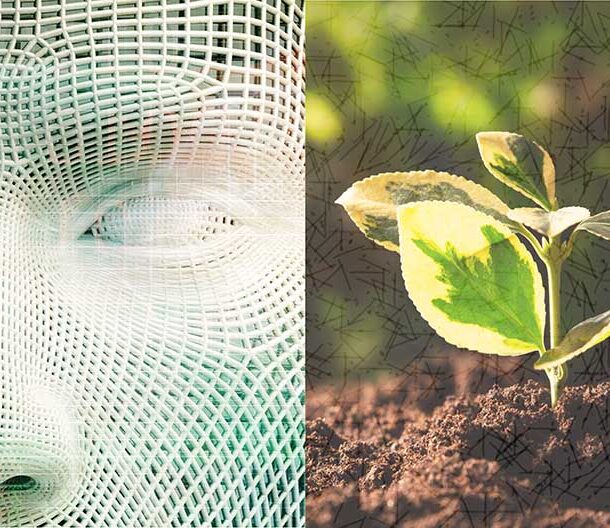
Implementing Sustainable Product Development Practices in Businesses
In the era of growing environmental concerns, businesses are increasingly recognizing the importance of sustainable practices. One such practice is Sustainable Product Development (SPD), a holistic approach that minimizes environmental impact and maximizes resource efficiency throughout a product’s lifecycle. Here’s how businesses can implement SPD practices:
Understanding SPD
Before implementing SPD, it’s crucial to understand what it entails. SPD involves creating products that meet consumer needs while reducing waste, using fewer resources, and minimizing negative environmental impacts. It considers the environmental impact of a product throughout its entire lifecycle, from conception to disposal.
Steps to Implement SPD
Measure the Environmental Impact: The first step towards implementing SPD is to measure your product’s environmental impact across its entire life cycle. This includes sourcing of materials, manufacturing processes, usage, and disposal.
Utilize Sustainability Strategies: Once you’ve measured your product’s environmental impact, the next step is to utilize sustainability strategies in your product development process. This could involve using renewable or recycled materials, designing products to be easily disassembled for recycling, or improving the energy efficiency of your products.
Collaborate with a Broader Innovation Ecosystem: Implementing SPD is not a solitary task. It requires collaboration with suppliers, operations and sustainability experts, and academics. This collaboration can help strike the right balance between cost, environmental impact, and customer perception.
Create a Wider Corporate Sustainability Vision: SPD should not be an isolated initiative. Instead, it should be closely tied to your organization’s overall corporate vision. This ensures that your SPD efforts are aligned with your broader business goals.
Define Sustainable Business Models: SPD is not just about creating sustainable products; it’s also about creating sustainable business models. This involves considering metrics like emissions and energy efficiency in your business decisions.
Prioritize ESG for Products and Services: Finally, it’s important to prioritize Environmental, Social, and Governance (ESG) factors in your products and services. This means ensuring that your products are socially and environmentally responsible along the entire value chain.
The Benefits of SPD
Implementing SPD practices can offer numerous benefits. Not only does it help protect the environment, but it can also drive innovation, reduce costs, and create a competitive advantage for businesses. Moreover, as consumers become more environmentally conscious, businesses that adopt SPD practices are likely to see increased demand for their products.
Conclusion
In conclusion, implementing Sustainable Product Development practices is a crucial step towards creating a more sustainable future. It allows businesses to meet consumer needs without compromising the ability of future generations to meet theirs.
Americas
New York
Europe
London
Asia Pacific
Singapore
Africa and Middle East
Dubai


